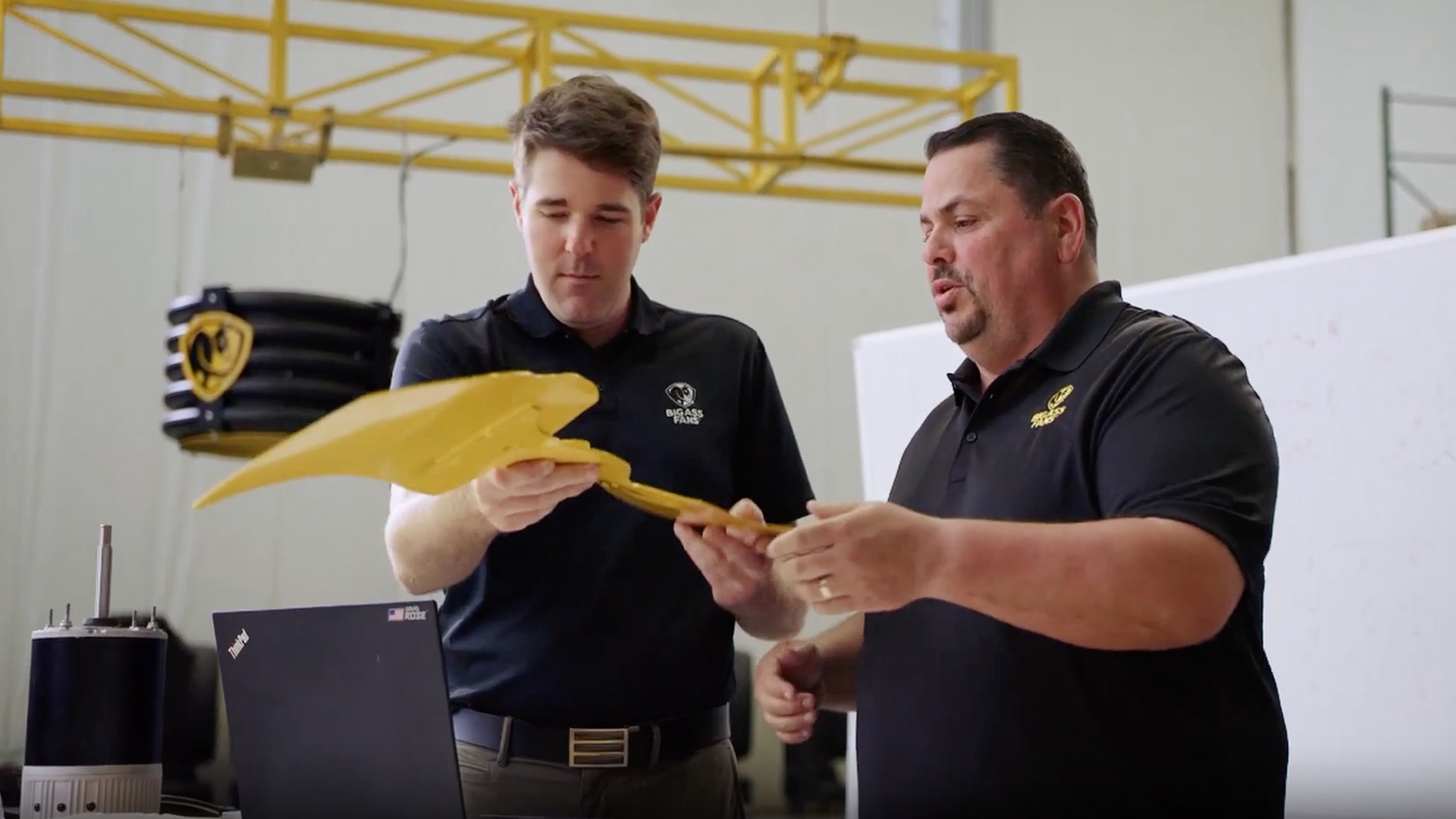Adoption of an IoT Culture
Achieve full IoT buy-in across your organization with expert guidance.
By Carlos M. González, research manager of Internet of Things (IoT) ecosystems and trends
October 16, 2023

How to overcome challenges and promote IoT adoption in your company's culture
The adoption of any new technology is challenging. Often, it requires acquiring new hardware devices to supplement legacy assets, installing new software to replace legacy control systems, and, most importantly, training and upskilling the workforce. Today's technology platforms are converging into interconnected Internet of Things (IoT) systems, where physical assets connect to digital ones to create a data and information network. By adopting interconnected IoT systems, companies can achieve enhanced decision-making, efficient asset management, and a digitally connected workforce. However, IoT projects either thrive or fail in the adoption culture of an organization.
Many organizations have launched IoT projects with varied results. IDC's Worldwide Future of Operations Survey, 2022, shows that while around 80% of respondents have started deploying IoT projects, only 39% have realized paybacks. Successful IoT implementations have many hurdles, including the need for organizational change toward IoT adoption. For those implementing IoT platforms, there must be a shift in the corporate culture for successful adoption.
The Importance of Education
Today's IoT platforms organize and aggregate data from different silos, which they then analyze to provide operational insights for production processes and physical assets. An IoT solution can offer predictive services to industrial operations, optimize life-cycle management to improve efficiency, reduce operation and maintenance costs, and optimize decision-making among workers. For example, a machine may constantly fail before its scheduled maintenance, resulting in unexpected downtime. By connecting the asset to the continuous monitoring feature of IoT platforms, workers can be alerted when the device is about to fail and solve issues before they escalate.
These IoT solutions can transform how companies handle daily operations. However, even simple changes like the transition of paper documentation to digital or the tracking of assets in remote areas will require workers and management to take a forward digital transformation approach. According to Industry Week's 2023 Tech Survey, training employees is the most significant challenge to implementing new technology cited by 26% of respondents, followed by return-on-investment expectations at 24% and ensuring maturity in the platform to deploy and scale at 15%.
Training and education around IoT tools, and the data insight they generate, are essential for the workforce. According to IDC's IT Skills Survey, 2022, organizations only provide 23.4 hours of training for both automation and multi-cloud projects. IDC's research indicates that 30 hours is the ideal amount of training time needed for successful projects. Job roles and skills within IoT platforms are constantly changing. As organizations roll out new technologies, new roles will emerge, sunsetting old ones or augmenting current responsibilities. The skills employees require will continue to evolve. Companies must invest the time to upskill their current workforce and seek new, data-literate employees.
Cultural Buy-In
The success of IoT adoption depends on the buy-in from every section of a company's workforce. This buy-in begins at the top with C-suite level commitment and flows down from there. C-level commitment is essential for several reasons: financial support, connecting siloed departments and functions, creating a learning and education space for existing and incoming employees, and establishing realistic expectations of adoption timelines and goals.
According to IDC's North American Enterprise 5G, IoT, and Private Mobile Networks Survey, August 2022, the top challenges holding back IoT projects are security concerns cited by 40% of respondents, followed by overall cost at 35% and deployment complexity at 29%. Justifying the investment of IoT projects is a balance between proving the ROI and ensuring scalability. The ROI for IoT platforms must be realistic and one with attainable goals. Project leaders must target projects that are easily transitioned to digital solutions that can open pathways to larger IoT projects. Ensure success on a small scale before targeting larger projects.
The division of business units can also impact the success of launching IoT projects. Industry Week's Tech Survey showed that 12% of respondents highlight IT and OT not working together as a significant hurdle to adopting new technology. IoT platforms gather massive amounts of data, leading to process analysis. The analysis results may spotlight certain deficiencies and faults in established workflows. There will be issues to fix on both the IT and OT sides of the project. C-suite executives can help bridge the gap by bringing together siloed departments and creating new roles to help unite different departments.
Ultimately, the benefits of IoT projects outweigh their challenges. Advanced analytics, advanced sensing, analysis of operational data, and predictive maintenance are how many IoT-leading companies have achieved excellence and resiliency over the last two years. According to IDC's Future of Operations Survey, 2022, 62% of companies with an increased focus on data and better access to it have significantly improved operational decision-making. These companies are data leaders with a high buy-in culture around IoT projects — indicating that those companies that embrace the change posed by IoT see success.

Carlos M. González leads IDC's IoT ecosystem and trends program. He is responsible for research on the IoT hardware and software innovations that transform operations within and across industries. In addition to assisting clients in maximizing the value of their technology investments and minimizing technology risk, he provides guidance on the human evolution and process changes required for digital transformation.

Recommended for you


